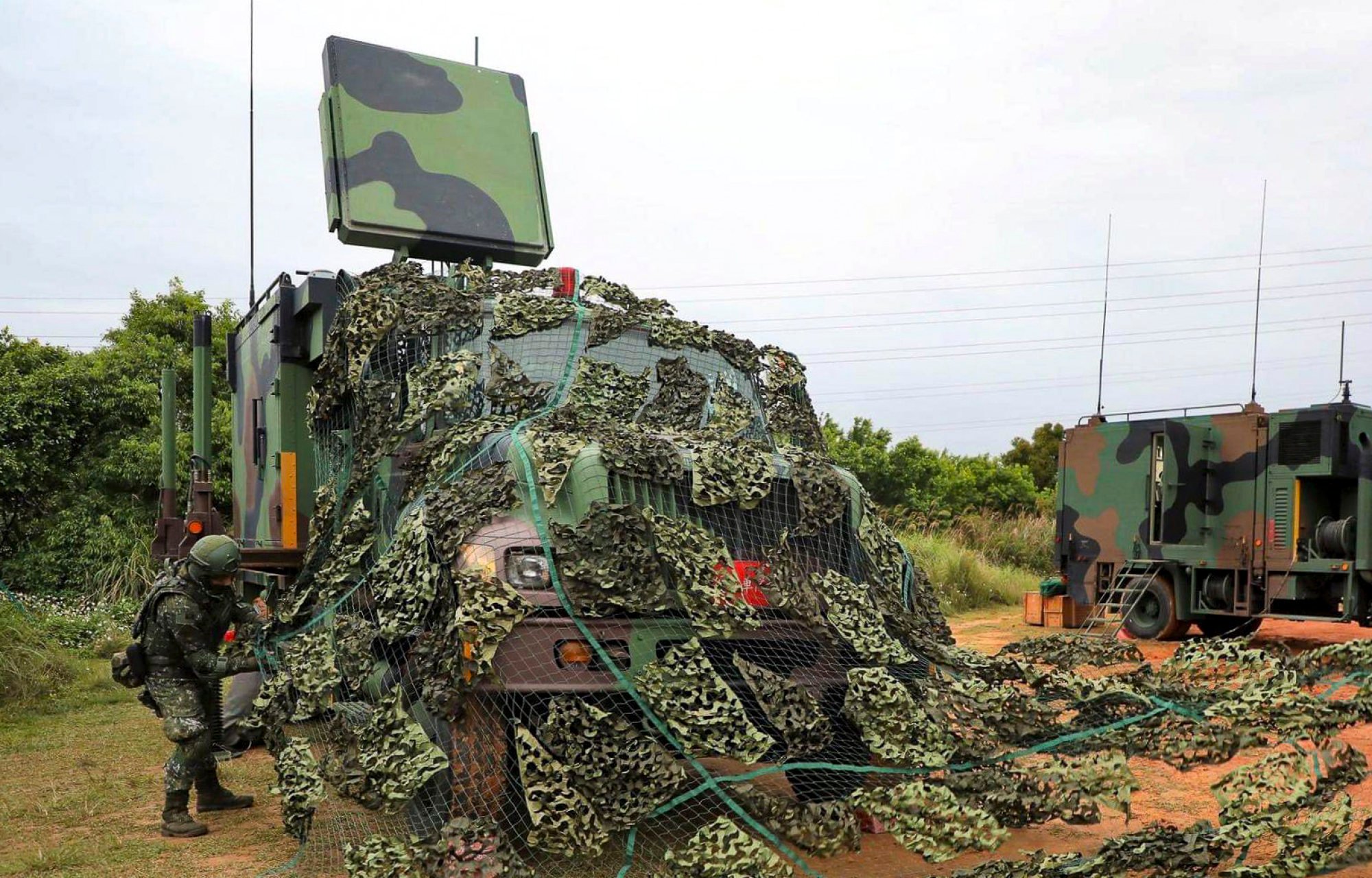
Taiwan is installing Bee Eye radars on its outlying islands to track PLA buzzing
- Defence ministry has signed a US$110 million contract with the island’s top weapons maker to supply 11 new radar systems
- They will be deployed on Dongyin and Quemoy, close to the Chinese mainland, as well as Pratas and Taiping in the South China Sea
It comes after several sorties by low-flying objects from mainland China in recent months that have raised concerns about air defences on these outposts. Low-flying aircraft and drones are difficult to detect but the Bee Eye active electronically scanned array radars – made in Taiwan – could help to eliminate this blind spot.
The defence ministry has signed a contract with the National Chung-Shan Institute of Science and Technology, the island’s top weapons maker, for the supply of 11 of these radar systems, according to a report recently sent to the legislature for budget review.

“Total cost … amounts to NT$3.24749 billion [US$110 million] and funding would be spread over five years from 2022 to 2026,” the report said, adding that the ministry was seeking approval for NT$300 million of funding in the first year so that radars could be deployed from 2023.
The Bee Eye radars will replace some of the Lockheed Martin portable search and target acquisition radars (PSTAR) used on those islands.
Beijing has ramped up pressure on Taiwan in recent years and has not ruled out the use of force to bring the island under its control. That includes staging war games nearby and regularly sending warplanes into Taiwan’s air defence identification zone. There have also been at least three low-flying objects reported near Taiwan-controlled outposts in recent months.
And in March, a Bee Eye radar in Quemoy detected a drone from the Chinese mainland flying just 10km from the tiny islet, according to Taiwanese media reports.
Su Tzu-yun, a senior analyst at the Institute for National Defence and Security Research, a government-funded think tank in Taipei, said Bee Eye radars had proven “rather effective in tracking any incoming planes and flying objects – especially smaller ones – from the Chinese mainland”.
They could also work with the Stinger missile’s tripod-mounted launch platform and the Avenger air defence system to track incoming flying objects and guide missiles to hit them, Su added.
The Bee Eye system is mounted on a four-wheeled tactical vehicle and includes an early warning radar and anti-aircraft weapon, according to its maker. It can be used to protect strategic infrastructure such as military bases, seaports and other targets, and to shield ground troops against an air attack.
Su said the radar system could also be used with the new land-based, short-range Tien Chien 2 missile, which the institute has been testing. He said it was expected to roll out production of the missile soon.
The institute test-fired two missiles at the Jiupeng military base in southeastern Taiwan on Wednesday, but did not reveal what it was testing.

